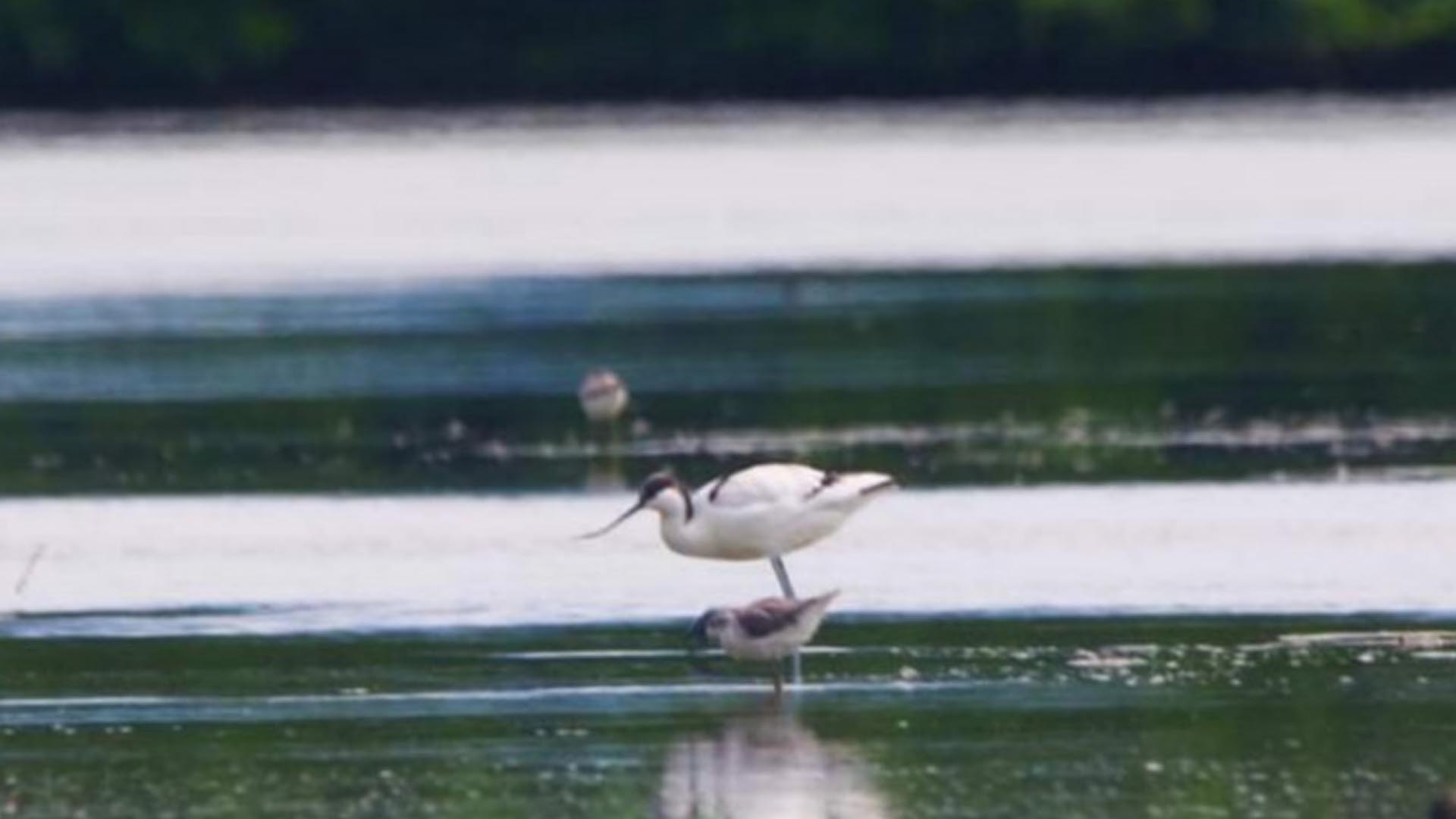A migratory bird called Pied Avocet (Recurvirostra avosetta) has been sighted for the first time in Western Visayas, along the coastline of Barangay Latasan, E.B. Magalona, Negros Occidental, during the Asian Waterbird Census held on Jan. 17, the Department of Environment and Natural Resources (DENR) has said.
The waterbird was seen wandering on a vacant fish pond together with some black-winged stilts by Philippine Biodiversity Conservation Foundation Inc. staff Christian Casio, who was with the personnel of the DENR and municipal government, and Tayo Ang Kalikasan ambassadors and other students from Tanza National High School led by adviser Aleli Rosario Hugos.
“It was our first bird census experience and it was a privilege to join the activity. We were lucky that the Pied Avocet showed up when we were there,” Hugos told the Philippine News Agency (PNA) on Thursday.
She added that they felt the excitement when Casio pointed the bird to them and was able to take a photo of it.
In the Philippines, the first sighting of Avocets species, which has the characteristic of a slender and strongly upcurved bill, was recorded in Puerto Princesa City, Palawan almost 22 years ago, on March 8, 1991.
The presence of Pied Avocet during the waterbird count in E.B. Magalona town was the first record of the species in Negros Island and Western Visayas, based on the data check conducted by forester Rosie Pablico, chief of the Conservation and Development Section of the DENR-Provincial Environment and Natural Resources Office.
According to animalia.bio, Pied Avocet is a large black and white wader, which breeds in temperate Europe and across the Palearctic to Central Asia then on to the Russian Far East, and is a migratory species, which in most winter in Africa or southern Asia.
The Avocet species has been categorized, evaluated, and listed as of “Least Concern” by the International Union for Conservation of Nature, which estimated its number to be ranging from 280,000 to 470,000 individual birds around the world. (PNA)







